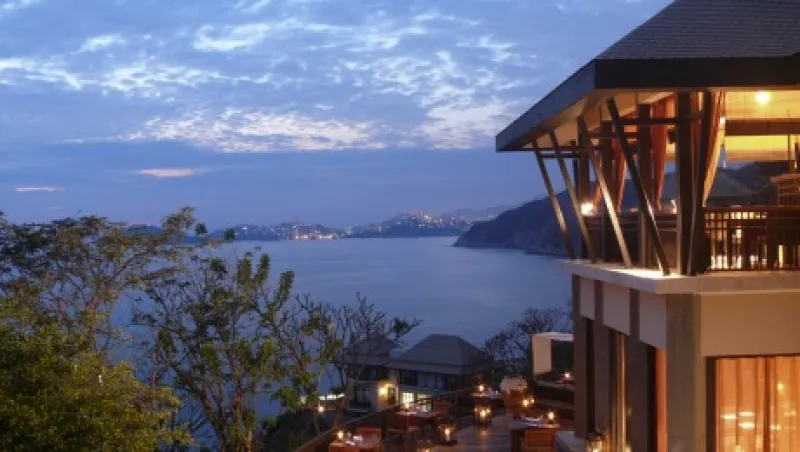On a good day there are few places in the world as enticing as Acapulco. From a hillside bungalow one can view a sparkling blue bay dotted with emerald isles and white-sailed yachts. In the evening cliff divers plunge 120 feet into a shallow, rocky cove as awed spectators sip margaritas on a nearby restaurant terrace.
Lately, though, good days are in short supply. In a slum on the city’s outskirts, police in early November discovered the decomposed corpses of three men wrapped in plastic bags in the trunk of a car, presumed victims of the violent turf battles among drug cartels. The following night violence came to the heart of the city when Moreno Gallo, an Italian-born Canadian mobster who served time for a Montreal murder in the 1970s, was gunned down in a leading restaurant while eating spaghetti all’ aglio e olio.
The drug wars that have claimed more than 60,000 lives in Mexico since 2006 have invaded Acapulco, turning this onetime tourist haven into the national murder capital. There were 1,063 slayings last year in this city of 688,000, or 154.5 per 100,000 residents. That was well ahead of the rate of 92 in Tegucigalpa, the capital of Honduras, the country with the highest murder rate in Latin America, and Detroit’s 54.6.
In a country where tourism is the fifth-largest source of foreign revenue, generating $12.7 billion in 2012, the key question is whether Acapulco is an aberration or a harbinger. Industry executives insist violence is confined to a few areas that are production centers and transit points for the narcotics trade. “I tell everybody, ‘Don’t read the newspapers; just go down to Mexico and enjoy the hospitality and graciousness,’” says Kirk Kinsell, president of the Americas division of the InterContinental Hotels Group, which operates 123 hotels in Mexico and plans to develop 33 more.
So far, U.S. travelers, who account for more than three quarters of Mexico’s visitors, are doing just that. Tourist visits in 2013 were on pace to surpass the record 24 million in 2012. The industry sustains an estimated 4.5 million jobs across the country.
This rising tide has left Acapulco high and dry, though. The mountains surrounding the city and its deepwater Pacific port have attracted drug gangs such as the Independent Cartel of Acapulco and its rival, La Barredora, and driven away tourists. Until 2010 about 140 cruise ships, each carrying an average of 1,800 passengers, berthed in the port every year. In 2013 just 13 boats averaging 600 passengers were expected. Hotel occupancy hit a record low of 49 percent in 2012, and world-class establishments such as Las Brisas and Camino Real offer rooms for less than $200 a night.
There are glimmers of hope that drug-related violence has peaked. In the first nine months of 2013, Acapulco tallied 536 murders, well behind last year’s pace. Nationwide the murder rate dropped to 22 victims per 100,000 inhabitants in the first half of 2013 from 24 a year earlier.
“We expect this trend to continue,” says President Enrique Peña Nieto in an e-mail response to questions from Institutional Investor. The president, who campaigned on a promise to reduce drug violence, credits greater sharing of intelligence among Mexico’s various security agencies for the improvement.
But despite suggestions that Peña Nieto would adopt a less militaristic strategy, observers don’t detect much of a change from his predecessor, Felipe Calderón, who enlisted the armed forces in the fight against the cartels. The authorities caught the leaders of the Gulf Cartel and Los Zetas — the two most notorious drug gangs — in 2013.
Peña Nieto has, however, brought a distinct shift in tone. Whereas Calderón trumpeted a “war against the drug cartels,” the new president plays down the issue. “Both the government and the business community are very concerned that too much coverage of violence is bad for Mexico’s image,” says David Shirk, director of a project at the University of San Diego that tracks drug crime in Mexico. “Journalists got much of their information from government press releases and the police — and that is no longer happening.”
See also "Enrique Peña Nieto Charts an Ambitious Reform Course for Mexico."






